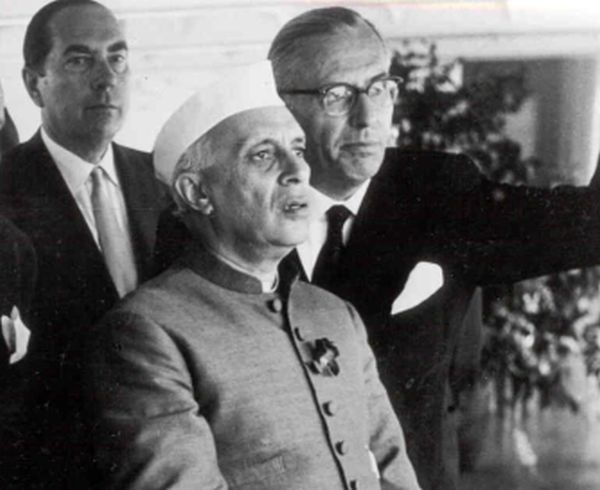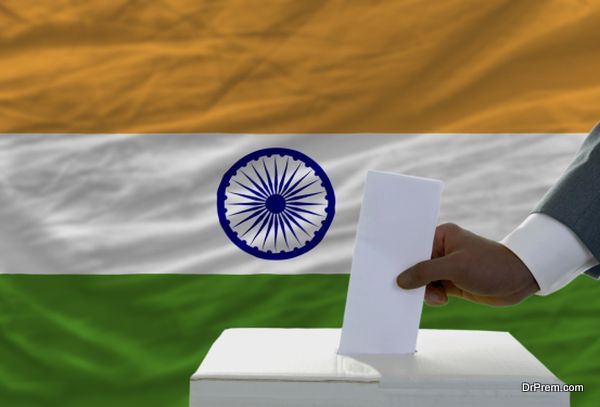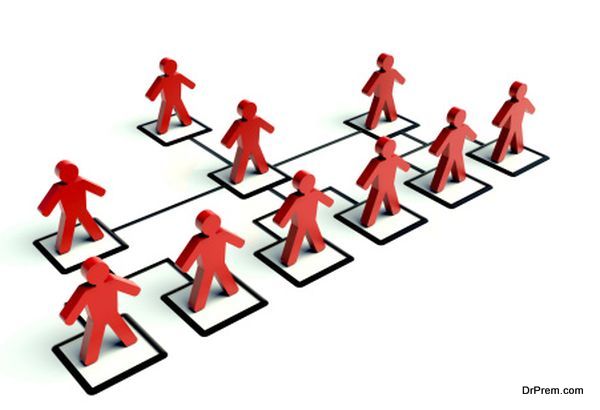After Independence, Indian politics has seen changes on many platforms. However, the biggest change is that of proliferation of the Indian political parties. India is the world’s largest democracy and it is a crowded affair.

Around 53 parties competed in India’s first general election in 1952, and in 2009, more than 360 parties battled for power. Until 1960’s, Congress was the single dominant force in the Indian politics. However, the party’s dominance substantially fell down after Jawaharlal Nehru’s demise in 1964. He was an outstanding personality who worked for India’s independence and held the party upright.
After that, various regional parties started pouring into our political system. The boom in political parties has partly to do with India’s immense diversity. Our country portrays diversity in every aspect. Be it the language, culture, caste, our country has variety of these things. The difference between people of two states is too large. This is why so many regional parties have emerged in our political system.
The politicians have misused the diversity that prevails in our country. Particularly the caste issue, it is the most exploited theme by politicians in our country. They lure people to vote for them by attacking their weakling. Regional parties have risen because they have been able to capture anxieties and aspirations of various sections of society.

The real proliferation started in the late 1980’s. At the start of the decade, only 36 political groups jumped into the fight for power in the general elections, but by 1989, this number shot up to 113. This number further jumped to 200 in the elections of 1996.
This trend became as popular as many regional players saw the newly formed parties at a position of serious power brokers in a short span of time. This literally gave impetus to others to form and contest elections. Regional party forming became an influence peddler. Some people form parties just to raise money.
As Indians are gearing up to vote in the country’s 16th general election in April, nobody knows how much increase in the number of political parties one will get to see. The regional powers such as West Bengal’s Trinamool Congress, Uttar Pradesh’s Samajwadi Party, Bihar’s Janata Dal (United), AAP is likely to exert great influence on the formation of the new government.
Multiplicity of political parties is not a good thing to do. It confuses many voters, as they feel helpless to decide the worth of so many parties altogether.



